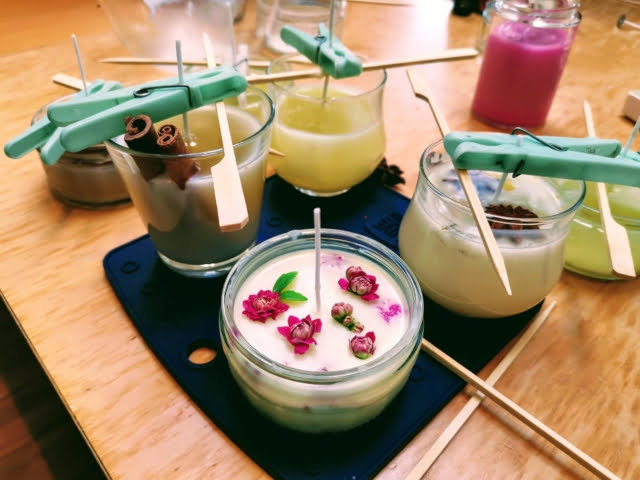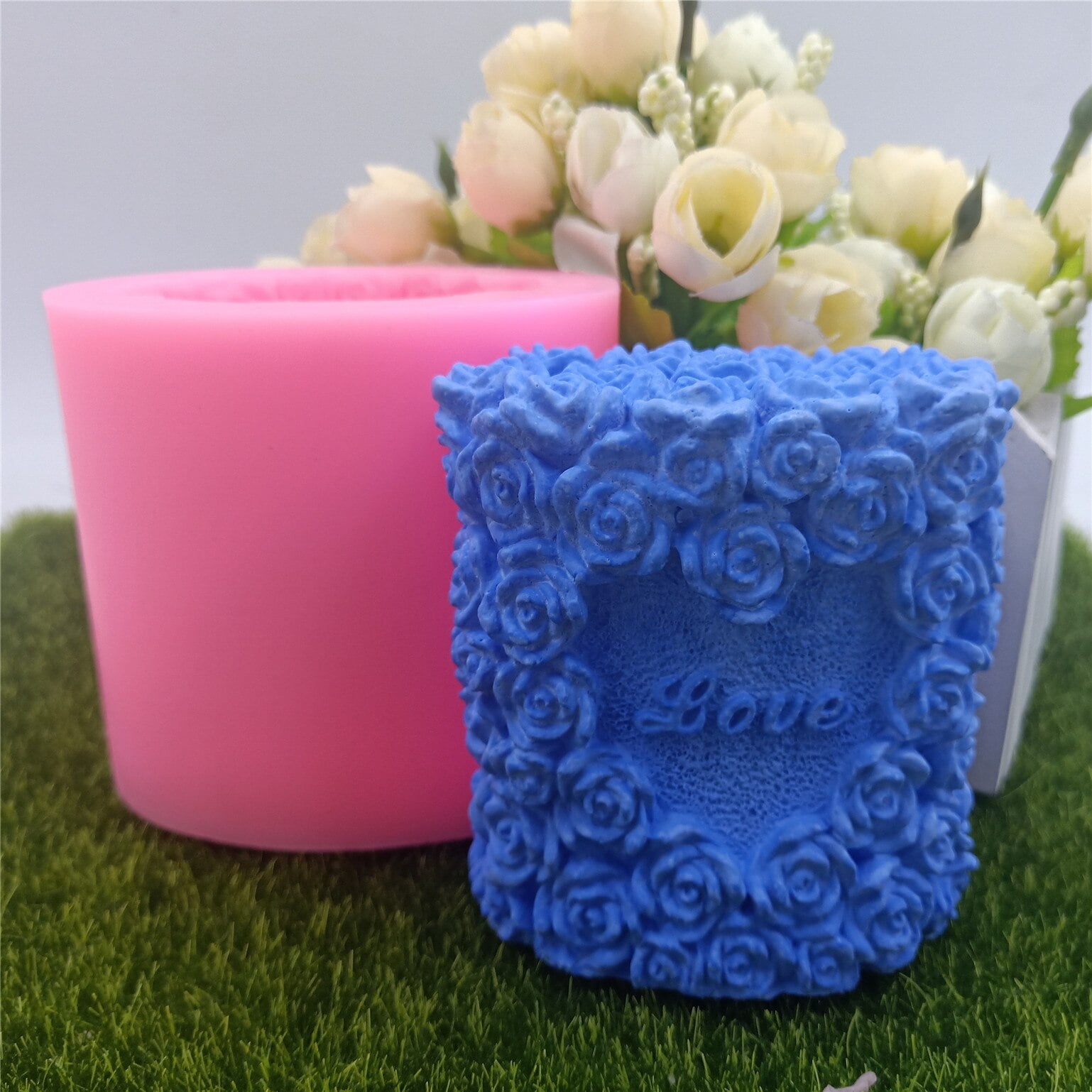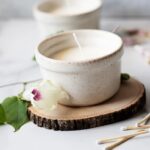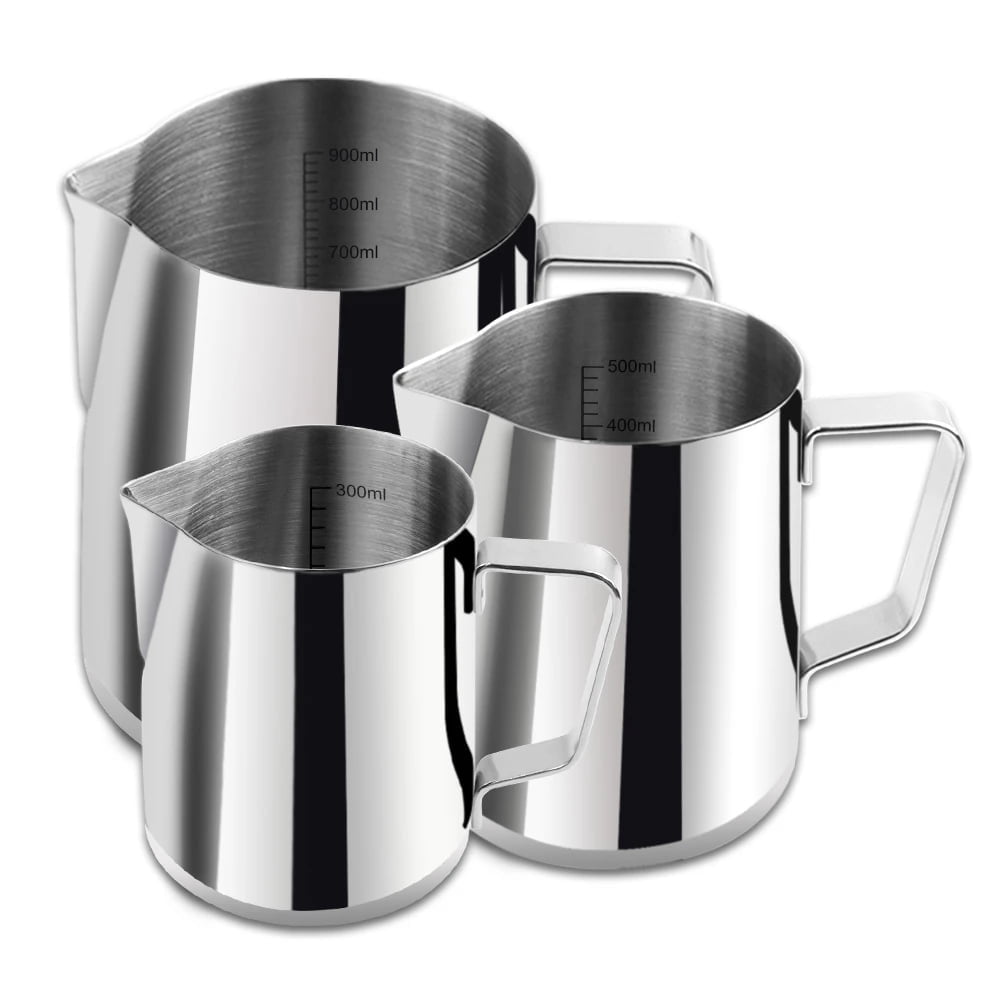What is Vybar used for in candle making? Vybar is a chemical additive that is commonly used in the candle making industry to enhance the properties of candle wax.
From improving scent throw to enhancing color vibrancy, Vybar plays a crucial role in creating high-quality candles. In this article, we will explore the history, composition, benefits, and specific uses of Vybar in candle making, as well as provide a step-by-step guide on how to incorporate it into candle wax.
Vybar has been a game changer in the world of candle making since its discovery. Candle makers have been using Vybar for decades to improve the performance and aesthetics of their candles. Understanding its chemical composition and effects on wax can give insight into why it is such a valuable ingredient.
One of the key benefits of using Vybar in candle making is its ability to enhance the scent throw of candles. By incorporating Vybar into the wax, it helps to evenly distribute fragrance oils throughout the candle, resulting in a stronger and longer-lasting scent when the candle is burned.
Additionally, Vybar also contributes to the vibrancy and intensity of colors in candles, making them more visually appealing. Throughout this article, we will delve deeper into these benefits and discuss different types of Vybar and their specific uses in candle making.
The History and Discovery of Vybar in the Candle Making Industry
Vybar wax additive has been a game-changer in the candle making industry since its discovery. Developed in the 1960s by Baker Hughes, Vybar is a synthetic polymer that is mixed with candle wax to enhance its performance and appearance. The use of Vybar has revolutionized the way candles are made, allowing for improved scent throw, color vibrancy, and overall quality of the finished product.
The discovery of Vybar came as a result of extensive research and experimentation in the field of candle making. Candle manufacturers were constantly seeking ways to improve the properties of their products, particularly in terms of fragrance retention and color dispersion.
This led to the development of Vybar as an innovative solution to address these challenges. The introduction of Vybar marked a significant milestone in the history of candle making, as it allowed for greater flexibility and control over the characteristics of the final candle product.
The chemical composition of Vybar plays a crucial role in its effectiveness as a wax additive. It is primarily composed of ethylene-vinyl acetate copolymers, which have unique properties that make them ideal for enhancing various aspects of candle wax. When incorporated into candle wax, Vybar helps to improve scent throw by binding with fragrance oils and releasing them more evenly during burning.
Additionally, it aids in color dispersion, resulting in more vibrant and consistent hues throughout the candle. Overall, the discovery and utilization of Vybar have significantly contributed to raising the standards of excellence in candle making.
Understanding the Chemical Composition of Vybar and Its Effects on Candle Wax
Vybar is a commonly used additive in the candle making industry, known for its ability to enhance the quality of candles. Understanding the chemical composition of Vybar and its effects on candle wax is crucial for candle makers who want to achieve optimal results in their products.
The primary component of Vybar is a polyolefin copolymer, which serves as a binder and viscosity modifier when added to candle wax. This composition allows it to improve the burning characteristics, texture, and mold release properties of the wax. Additionally, the presence of Vybar in candle wax helps prevent shrinkage and mottling, resulting in a smoother and more visually appealing finish for the candles.
The chemical makeup of Vybar also plays a significant role in increasing fragrance retention and color vibrancy in candles. When incorporated into the wax formula, Vybar creates a more stable base for the addition of scents and dyes, allowing for a better scent throw and more vivid colors. This ultimately contributes to an overall enhanced sensory experience for consumers when using the candles.
The Benefits of Using Vybar in Candle Making
Vybar is a versatile additive that offers several benefits when used in candle making. Its unique properties make it a popular choice among candle makers looking to enhance the quality of their products. Here are some of the key benefits of using Vybar in candle making:
- Increased Scent Throw: One of the main benefits of using Vybar in candle making is its ability to improve scent throw. When Vybar is added to the wax, it helps to evenly distribute the fragrance throughout the candle, resulting in a stronger and longer-lasting scent throw.
- Improved Color Vibrancy: Vybar also has the benefit of enhancing the color vibrancy of candles. By adding Vybar to the wax, candle makers can achieve more vibrant and consistent colors in their finished products, creating visually appealing candles for their customers.
- Better Mold Release: Another advantage of using Vybar is its ability to improve mold release. This means that candles infused with Vybar are less likely to stick to the molds during the cooling process, resulting in smoother and more professional-looking candles.
In addition to these benefits, Vybar also helps to reduce shrinkage and mottling in candles, resulting in a smoother and more aesthetically pleasing finish. Its versatility allows for greater flexibility and control over the texture and appearance of the final product, making it an essential tool for candle makers looking to create high-quality candles.
How Vybar Enhances the Scent Throw and Color Vibrancy in Candles
Vybar is a crucial ingredient in candle making that plays a significant role in enhancing the scent throw and color vibrancy in candles. When added to candle wax, Vybar helps to improve the distribution of fragrance and ensures that the scent is evenly dispersed throughout the wax, resulting in a stronger and longer-lasting aroma when the candle is burned.
Enhancing Scent Throw
One of the key aspects of Vybar’s use in candle making is its ability to enhance the scent throw of candles. The chemical composition of Vybar allows it to bind with fragrance oils, releasing them more effectively into the air when the candle is lit. This results in a more potent and long-lasting aroma that fills the room, creating a pleasant olfactory experience for anyone nearby.
Improving Color Vibrancy
In addition to enhancing scent throw, Vybar also contributes to improving the color vibrancy of candles. By aiding in the dispersion of dyes and pigments within the wax, Vybar ensures that the color is evenly distributed and vibrant throughout the candle. This results in candles with rich, consistent colors that are visually appealing both when unlit and when burning.
Overall, Vybar serves as a versatile additive in candle making, contributing not only to improved fragrance distribution but also to enhanced color vibrancy. As a result, candles made with Vybar offer a sensory experience that is both visually striking and aromatically pleasing.
Different Types of Vybar and Their Specific Uses in Candle Making
Vybar is a unique and versatile additive that plays a crucial role in the candle making process. There are different types of Vybar, each with its own specific uses and benefits when incorporated into candle wax. These different types of Vybar offer varying effects on the overall quality and characteristics of the candles produced. Understanding the specific uses of each type of Vybar is essential for candle makers looking to enhance their products.
One of the most common types of Vybar used in candle making is Vybar 260. This particular type of Vybar is known for its ability to increase fragrance retention, improve color dispersion, and reduce mottling in candles. Candle makers often use Vybar 260 to create vibrant, evenly colored candles with a strong scent throw. Additionally, Vybar 260 helps to minimize shrinkage and increase burn time, resulting in longer-lasting candles.
Another popular type of Vybar is Vybar 103. This type of additive is widely recognized for its compatibility with various waxes and its ability to enhance mold release in candle making. Vybar 103 also contributes to improving the consistency and smoothness of candle wax, leading to a more polished finished product. It effectively reduces surface imperfections such as air bubbles and pitting, resulting in high-quality, professional-looking candles.
In addition to Vybar 260 and Vybar 103, there are other specialized types of Vybar available on the market, each designed to address specific challenges or achieve certain desired characteristics in candle making. These variations allow candle makers to have greater control over the final appearance, performance, and fragrance delivery of their candles by selecting the most suitable type of Vybar for their unique needs.
| Vybar Type | Specific Uses |
|---|---|
| Vybar 260 | Increase fragrance retention, improve color dispersion, reduce mottling |
| Vybrar 103 | Enhance mold release, improve consistency and smoothness |
Step-by-Step Guide on How to Incorporate Vybar Into Candle Wax
Vybar is a key ingredient in candle making that helps to enhance the scent throw and color vibrancy of candles. Adding Vybar to candle wax also improves the overall burn quality and stability of the finished product. In this step-by-step guide, we will discuss how to effectively incorporate Vybar into candle wax for optimal results.
The first step in using Vybar in candle making is to ensure that you have the appropriate type of Vybar for your specific wax and desired outcome. There are different types of Vybar available, each with its own unique properties and applications. It’s important to carefully read and follow the manufacturer’s recommendations for the correct usage of Vybar based on your specific candle making needs.
Once you have selected the right type of Vybar for your candle project, the next step is to weigh out the appropriate amount based on the quantity of wax you are using. For most waxes, a general guideline is to use 1-3% Vybar by weight, but it’s important to refer to the specific instructions provided by the manufacturer.
It’s essential to accurately measure and incorporate the correct amount of Vybar into your wax to achieve the desired enhancements without negatively affecting the overall performance of your candles.
After weighing out the appropriate amount of Vybar, it should be added directly into the melted wax while stirring continuously. It’s crucial to ensure that the Vybar is thoroughly blended into the wax to prevent any clumping or uneven distribution. Once fully incorporated, continue stirring for an additional few minutes to ensure that the Vybar is evenly dispersed throughout the wax. Following these steps will result in candles with enhanced scent throw, improved color vibrancy, and better burn quality.
Common Misconceptions and Myths About Vybar in Candle Making
Vybar Is a Harmful Additive
One common misconception about Vybar in candle making is that it is a harmful additive. Some people believe that Vybar releases toxic chemicals when the candle is burned, posing a health risk to those inhaling the fumes. However, this is not the case. Vybar is actually considered safe for use in candles and has been approved by regulatory bodies for its use in candle making. When used in the recommended amounts, Vybar does not pose any health risks.
Vybar Affects the Natural Properties of Essential Oils
Another myth surrounding Vybar in candle making is that it negatively affects the natural properties of essential oils used for scenting candles. Some believe that Vybar alters the fragrance and therapeutic benefits of essential oils, diminishing their effectiveness when used in candles.
In reality, Vybar can actually enhance the scent throw of essential oils when properly incorporated into candle wax. It helps to disperse the fragrance evenly throughout the wax, resulting in a more potent and long-lasting scent when the candle is burned.
Vybar Makes Candles Burn Faster
There is a misconception that adding Vybar to candle wax causes the candles to burn faster, resulting in a shorter overall burn time. This is not necessarily true. The use of Vybar can actually help to improve the consistency of the burn and reduce tunneling, allowing the candle to have a longer and more even burn. When used correctly, Vybar contributes to a better performing candle with improved stability and longevity.
Tips and Tricks for Successful Use of Vybar in Candle Making
Vybar is a popular additive used in candle making to enhance the performance and appearance of candles. But using Vybar in candle making requires some tips and tricks to ensure successful results.
One of the most important tips for successfully using Vybar in candle making is to carefully follow the recommended usage rates. It is crucial not to exceed the recommended percentage of Vybar in your candle wax, as doing so can negatively affect the burning characteristics and overall performance of the candle. Always refer to the manufacturer’s guidelines for the appropriate amount of Vybar to use based on the type of wax you are using.
Another tip for successful use of Vybar in candle making is to fully incorporate it into the wax. This can be achieved by melting the Vybar at a temperature slightly higher than that of your wax, then thoroughly mixing it into the melted wax until it is fully dissolved. Proper mixing ensures that Vybar is evenly distributed throughout the wax, resulting in consistent performance and appearance of your candles.
Additionally, it’s important to consider the specific type of Vybar that is best suited for your desired outcome. Different types of Vybar offer varying benefits such as improved scent throw or better color retention. Understanding these differences and choosing the right type of Vybar for your specific needs is essential for successful use in candle making.
By following these tips and tricks, candle makers can effectively harness the benefits of Vybar in their creations, ultimately enhancing the quality and appeal of their finished candles. With proper usage and attention to detail, Vybar can be a valuable tool in achieving outstanding results in candle making.
Conclusion
In conclusion, Vybar has become an essential component in the candle making industry, revolutionizing the way candles are created. Its chemical composition and unique properties have allowed for enhanced scent throw and color vibrancy in candles, providing a more enjoyable experience for consumers. The discovery of Vybar has opened up new possibilities for candle makers, allowing them to create high-quality candles with longer-lasting scents and vibrant colors.
The future of Vybar in the candle making industry looks promising, as more candle makers recognize its benefits and incorporate it into their products. With different types of Vybar available for specific uses in candle making, there is a growing opportunity for innovation and creativity within the industry. Despite common misconceptions and myths about Vybar, its successful use in candle making ultimately depends on following the proper steps and guidelines for incorporation.
As technology continues to advance and consumer demand for high-quality candles grows, Vybar will likely play a significant role in shaping the future of the candle making industry. By understanding its benefits, chemical composition, and proper usage, candle makers can continue to elevate their craft and follow noopener”>produce exceptional candles that stand out in the market.
What is Vybar used for in candle making? The answer lies in its ability to enhance scent throw, improve color vibrancy, and provide endless opportunities for innovation within the industry.
Frequently Asked Questions
What Does Vybar Do to Soy Wax?
Vybar is a polymer additive that is commonly used in soy wax candles to improve the overall performance of the wax. It helps to increase fragrance retention, improve color vibrancy, and reduce frosting or mottling in the finished candle. Vybar also helps to increase the hardness and opacity of the soy wax, resulting in a smoother finish.
Is Vybar Good for Candles?
Vybar can be beneficial for candles, especially those made with soy wax. Its ability to enhance fragrance retention and reduce frosting can result in a better quality candle with improved aesthetics and scent throw.
Additionally, Vybar can contribute to a more even burn and better overall performance of the candle, making it a good option for candle makers looking to improve their product.
Is Vybar Better Than Stearic Acid?
Whether Vybar is better than stearic acid depends on the specific needs and preferences of the candle maker. While both additives serve similar purposes in enhancing the performance of candles, they have different properties that may be more suitable for different applications.
Some candle makers prefer Vybar for its ability to reduce frosting and mottling in soy wax, while others may prefer stearic acid for its ability to increase hardness and opacity in various types of waxes. Ultimately, the choice between Vybar and stearic acid depends on the specific goals and characteristics desired for the finished candles.

Welcome to my candle making blog! In this blog, I will be sharing my tips and tricks for making candles. I will also be sharing some of my favorite recipes.





